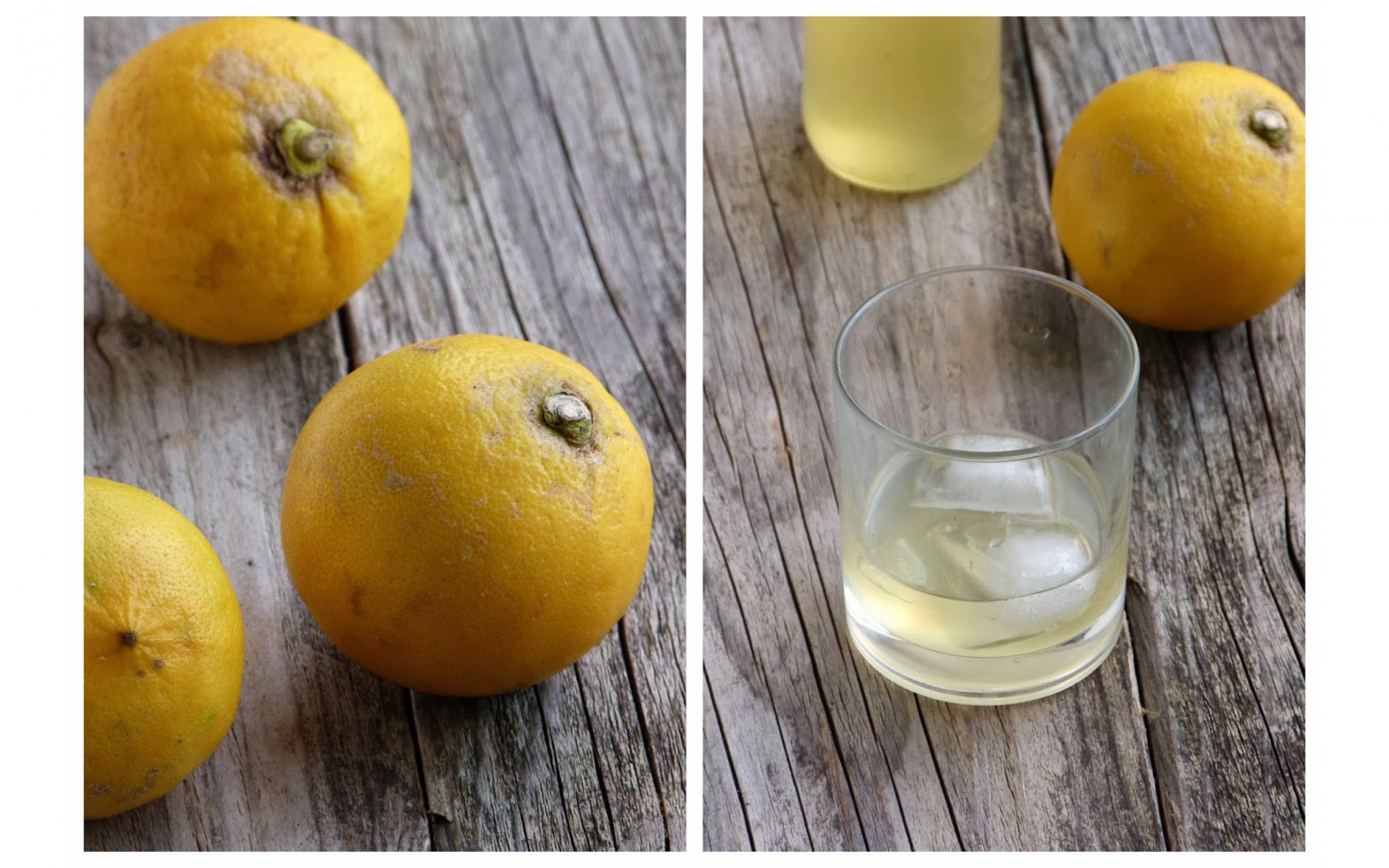Read more about inspirational ingredients from Elle&Vire Professional website.
Bergamot has been used in cosmetics and perfumes for its fresh, fruity aroma since ancient times. Found in the head notes of many fragrances, especially Eau de Cologne, bergamot, which gives Earl Grey® tea its incomparable flavour is also a wonderful ingredient for use in cooking and baking. We take a look here at this citrus fruit that resembles a small lemon and whose lively bouquet tempts your taste buds…
UNCERTAIN ORIGINS
The fruit of the Citrus bergamia (a shrub of the Rutaceae family, which probably derives from a hybridization between bitter orange and lime), bergamot is cultivated mainly in Italy, in the Reggio Calabria province in particular. Some sources claim that this shrub is native to the Far East and would have been introduced into Europe during the Crusades. Mentions in other literature report that bergamot may have been discovered by Christopher Columbus in the Canary Islands. The essential oil is produced from the fruit’s highly perfumed rind.
A CUP OF TEA, PLEASE!
The English swear by it! Earl Grey®, a black tea blend flavoured with bergamot, was first produced in England in 1830, following a journey by the Earl Charles Grey. Legend has it that a Chinese mandarin told the Earl the secret of the delicious beverage on one of his diplomatic trips to China (Charles Grey was Secretary of State for foreign affairs to the British Crown). Other sources report that, at some time, this same Earl received a gift of bergamot. Not knowing what to do with it, he put a piece of the fruit into his tea to infuse. And presto! Earl Grey was born! Today, this all-time classic can be found in several versions, with green tea, rooibos, orange peel, to name just a few…
BERGAMOT IN GASTRONOMY
In the kitchen, the bergamot’s zest and juice is used (its flesh is very bitter and not edible), as is its essential oil, in both sweet and savoury dishes. Traditionally, candied bergamot is used to flavour many tagine recipes. This citrus fruit also goes particularly well with the iodine taste of seafood. The Austrian Chef Dieter Koschina, who runs the Vila Joya (in Albufeira, Portugal), uses the Femminello variety in his recipe for bergamot-flavoured lobster. French Chef Vincent Farges, who presides over the Relais & Châteaux Fortaleza do Guincho (in Cascais, Portugal), proposes Ria Formosa oysters in a seawater jelly with a bergamot emulsion.
Bergamot liqueur is made by distilling the fresh fruits and is used to gives desserts a subtle flavour: a line drawn on a salad or a soup of fresh in-season fruits or a few drops in a creme brulee always provides dishes with an extra special zing. Essential oil of bergamot can be used to flavour pancake batters, pastry for tarts, madeleines, and so on. As with oranges and lemons, bergamot lends itself particularly well to making marmalade, while the creamier “bergamot curd” makes a marvellously tasty base for a tartlet or for filling macaroons.
BERGAMOT IN COCKTAILS
To give a hint of bergamot flavour and add some spicy freshness to your cocktail recipes, wipe glasses with the citrus zest. You can also try out Cointreau Iced Tea, a blend of Cointreau syrup, bergamot tea, fresh basil, lemon and ginger ale, or infuse some bergamot zest in gin for a long, original drink.













